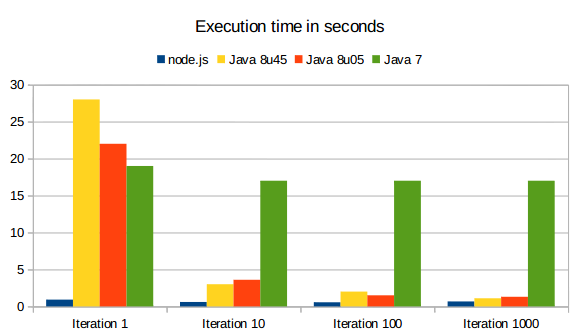
Photo by Cova Software on Unsplash
Swing vs. Rich UI Libraries like React for POS Systems
TLDR; Indeed, Java is robust enough for better performance than JavaScript for POS Systems, but UI Library are better of JS.
When you work with technology every day, it's easy to take for granted the constant influx of new ideas, tools, and approaches that improve the craft of software development. I'm reminded of this each time I encounter an outdated user interface that frustrates me with its sluggishness or inflexibility.
As a student working part-time as a sales representative, I recently found myself frustrated using the POS system at my workplace. The UI, built in Java's Swing library, felt clunky and unintuitive. I couldn't help but think of the sleek, customizable interfaces I've created for my own projects using JavaScript libraries like React.
This got me wondering: why didn't the POS system developers choose to build the UI in JavaScript? Modern JavaScript frameworks offer so many advantages over older tools like Swing.
A product screen built in Swing, for example, might look something like this:

While the same screen built with React could be designed as:

The React UI is more minimal, organized, and aesthetically pleasing. It has custom styling and layouts that better suit the business needs.
Of course, for backend computation and database connectivity, Java still reigns supreme. But for frontend interfaces, modern JavaScript libraries have clearly surpassed tools like Swing.
This realization made me reflect on design principles like MORPH - which stands for Minimal, Open, Responsive, Harmonious, and Purposeful - that aim to produce user interfaces with those very qualities.
I couldn't help but wonder: if research into creating better user experiences has resulted in products like React, why aren't those techniques being applied more widely? What's the point of all this progress if we don't use it to improve the tools people rely on every day meaningfully?
As software developers, we have a responsibility to constantly challenge ourselves and push the boundaries of what's possible through code. When we see an outdated or sluggish interface, our first thought should be: how could this be redesigned to delight users truly?
Well, there are types of POS systems per the business size, but where I work, it is neither a large nor small business. They use Tablet POS System and have to pay $69-$150 per month; they are not cloud-synced as, well. And, Approx 20-30 million POS are in use worldwide.

Incremental improvements are how technologies advance. By critiquing the tools we use and exploring better alternatives, we can help drive the field forward.
In this case, while Java is a robust choice for the POS backend, modern JavaScript libraries offer significant benefits for the frontend interface:
Flexibility: A more flexible and extensible component model.
Customisability: The ability to fully style and tailor components to match any design.
Responsiveness: Easier implementation of responsive and adaptive layouts.
Design: Resulting in interfaces that are modern, sleek, and customized to suit users' needs.
Of course, JavaScript performance depends on tooling and optimization. But for many POS systems, these frontend benefits likely outweigh occasional performance considerations. And while developers need to learn new frameworks, the long-term gains are significant.
For existing POS systems built with Swing, migrating to modern JavaScript would likely be complex. In those situations, sticking with Swing may be more practical.
However, for new POS systems, JavaScript frontend frameworks provide:
A future-proof UI
A component-based architecture that scales
A superior user experience
While Java remains the sensible choice for the computationally-intensive POS backend, combining it with a JavaScript frontend allows both languages to play to their respective strengths. This hybrid approach has worked well for my own projects.
The next time you find yourself frustrated by an outdated user interface - whether in a POS system, web app, or mobile app - challenge yourself to imagine how modern JavaScript techniques could revitalize it. That process of critical evaluation and creative problem-solving is what truly advances our field.
In summary, while Swing has its merits for simplicity and performance, rich JavaScript UI libraries offer significant advantages that make them a better choice for modern POS frontend development - resulting in interfaces that are flexible, customizable, responsive, and well-designed. A hybrid Java/JavaScript architecture combines the robustness of Java with the UI capabilities of JavaScript, offering the best of both worlds.

